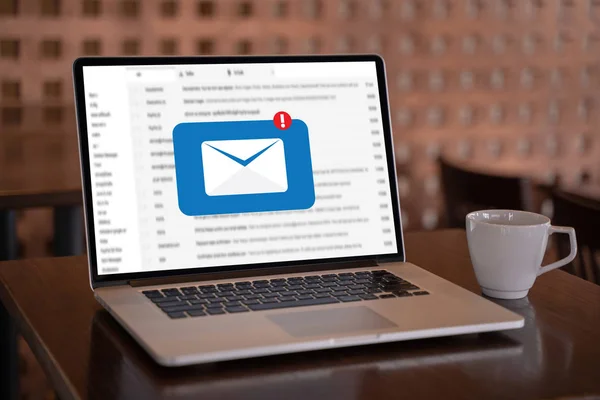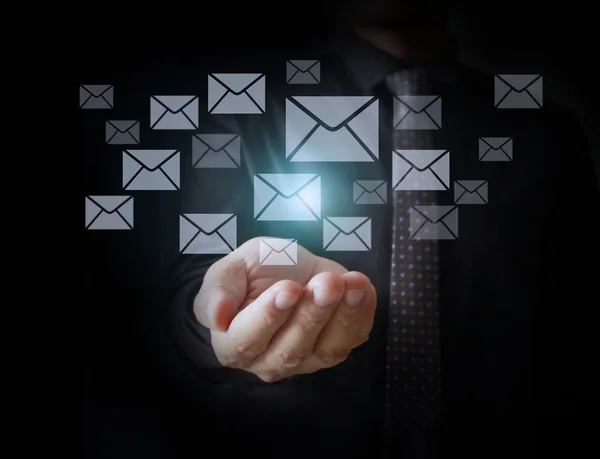Securing Your Hosted Email Server: Best Practices And Tips
In today's digital age, email has become an indispensable tool for communication, both personally and professionally. However, with the convenience and efficiency that email offers, there also comes the risk of security threats. Hosted email servers, in particular, are vulnerable targets for various cyberattacks, including phishing, malware, and unauthorized access. Therefore, it is crucial to implement robust security measures to safeguard your hosted email server and protect sensitive information from falling into the wrong hands.
Understanding the Risks
Before delving into best practices for securing your hosted email server, it's essential to understand the potential risks associated with email security breaches.
- Phishing Attacks: Phishing attacks involve fraudulent attempts to obtain sensitive information, such as usernames, passwords, and financial details, by posing as a trustworthy entity via email. These attacks often target unsuspecting users and can lead to identity theft, financial loss, and data breaches.
- Malware Distribution: Email serves as a common vector for distributing malware, including viruses, ransomware, and spyware. Malicious attachments or links embedded within emails can infect users' devices and compromise the security of the entire network.
- Unauthorized Access: Weak authentication mechanisms and inadequate access controls can result in unauthorized individuals gaining access to confidential emails and sensitive data. Unauthorized access not only violates users' privacy but also poses a significant threat to organizational security.
Best Practices for Securing Your Hosted Email Server
To mitigate the risks associated with hosted email servers, consider implementing the following best practices and tips:
Choose a Reputable Hosting Provider
Selecting a reputable hosting provider with a proven track record of prioritizing security is paramount. Look for providers that offer robust encryption protocols, regular security updates, and reliable customer support to address any security concerns promptly.
Enable Two-Factor Authentication (2FA)
Implementing two-factor authentication adds an extra layer of security by requiring users to provide two forms of verification before accessing their email accounts. This significantly reduces the risk of unauthorized access, even if passwords are compromised.

Encrypt Email Traffic
Encrypting email traffic using Transport Layer Security (TLS) or Secure Sockets Layer (SSL) protocols ensures that data transmitted between email clients and servers remains confidential and cannot be intercepted by unauthorized parties.
Implement Spam Filters and Email Filtering
Deploy robust spam filters and email filtering mechanisms to automatically detect and quarantine suspicious emails containing spam, phishing attempts, or malicious content. Regularly update filter settings to adapt to evolving threats.
Conduct Regular Security Audits
Performing regular security audits and vulnerability assessments helps identify and address potential security weaknesses in your hosted email server environment. Work with security professionals to conduct thorough assessments and implement remediation measures.
Educate Users on Email Security Best Practices
Educate users about common email security threats, such as phishing scams and malware, and train them on how to recognize and report suspicious emails. Encourage users to exercise caution when clicking on links or downloading attachments from unknown senders.
Monitor Email Server Activity
Monitor email server activity and log files for any unusual or suspicious behavior indicative of a security breach. Implement intrusion detection systems (IDS) and security information and event management (SIEM) solutions to proactively detect and respond to security incidents.
Advanced Security Measures
In addition to the fundamental best practices outlined above, consider implementing advanced security measures to further fortify your hosted email server against sophisticated cyber threats.

Email Authentication Protocols
Utilize email authentication protocols such as Sender Policy Framework (SPF), DomainKeys Identified Mail (DKIM), and Domain-based Message Authentication, Reporting, and Conformance (DMARC) to verify the authenticity of email senders and prevent domain spoofing and email impersonation attacks. SPF allows domain owners to specify which mail servers are authorized to send emails on behalf of their domain, reducing the likelihood of spoofed emails reaching recipients' inboxes.
Email Encryption Technologies
Implement end-to-end email encryption technologies such as Pretty Good Privacy (PGP) or its open-source implementation, GNU Privacy Guard (GPG), to encrypt email messages and attachments from the sender's device until they are decrypted by the intended recipient. End-to-end encryption ensures that only the sender and recipient can access the contents of the email, protecting sensitive information from interception by third parties, including email service providers and cyber attackers.
Security Information and Event Management (SIEM)
Deploy a Security Information and Event Management (SIEM) system to centralize the collection, analysis, and correlation of security-related data from various sources within your email server environment. SIEM solutions aggregate log data from email servers, firewalls, intrusion detection systems, and other security tools, enabling real-time threat detection, incident response, and forensic analysis. By proactively monitoring for suspicious activities and security incidents, SIEM helps organizations identify and mitigate security threats before they escalate into significant breaches.
Email Content Filtering
Implement advanced email content filtering solutions capable of analyzing email content, attachments, and embedded URLs to detect and block sophisticated phishing attempts, malware payloads, and malicious URLs. Leveraging machine learning algorithms and threat intelligence feeds, content filtering solutions can identify suspicious patterns and indicators of compromise, allowing organizations to quarantine or reject potentially harmful emails before they reach end users' inboxes.
Data Loss Prevention (DLP)
Deploy Data Loss Prevention (DLP) solutions to prevent the unauthorized disclosure of sensitive information via email and enforce compliance with data protection regulations such as the General Data Protection Regulation (GDPR) and the Health Insurance Portability and Accountability Act (HIPAA). DLP solutions analyze outbound email traffic in real-time, detecting and blocking emails containing sensitive data such as Personally Identifiable Information (PII), financial records, or intellectual property.
Incident Response and Contingency Planning
Develop and document an incident response plan outlining procedures for detecting, responding to, and recovering from email security incidents such as data breaches, email account compromises, or malware infections. Conduct regular tabletop exercises and simulations to test the effectiveness of your incident response plan and ensure that relevant stakeholders are familiar with their roles and responsibilities during a security incident. Clicking here will lead you to learn more about hosted email server.

